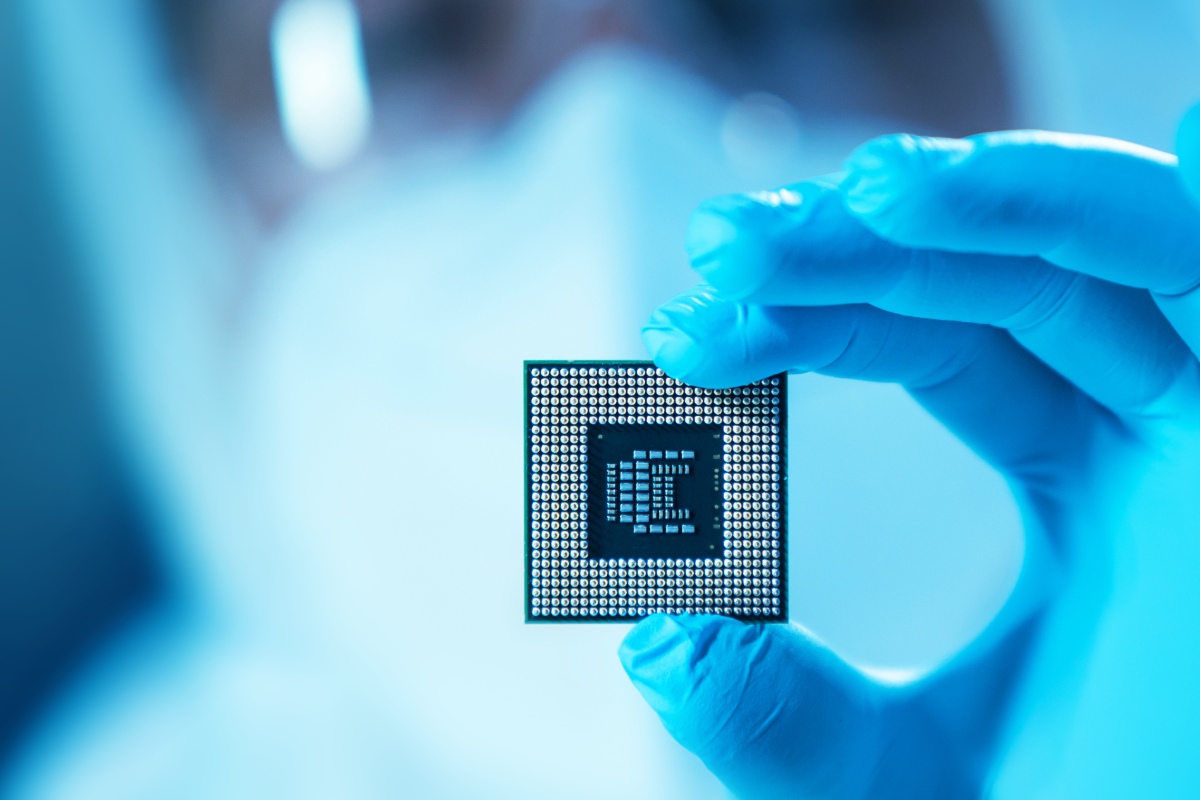Can Vietnam’s tech sector withstand the shockwaves of US tariffs?
Vietnam’s technology sector has grown significantly, often capitalising on trade tensions between the United States and China rather than being adversely affected. But this time it feels different.
Vietnam National Forum on Education Innovation with AI 2025 launched
The Vietnam Ministry of Education and Training and RMIT University Vietnam have partnered to officially launch the “Vietnam National Forum on Education Innovation with AI”.
Governing AI with ethics and law to guide Vietnam’s evolving future
Ethical and legal questions regarding AI rights are becoming increasingly pertinent with the rapid advancement of this technology, especially as Vietnam accelerates its digital transformation and AI adoption.
Agentic AI: The next frontier of artificial intelligence transforming business
Within the next decade, agentic AI could automate up to 70 percent of office tasks, reshaping industries with intelligent, adaptive systems that learn, evolve, and solve complex real-world challenges.







